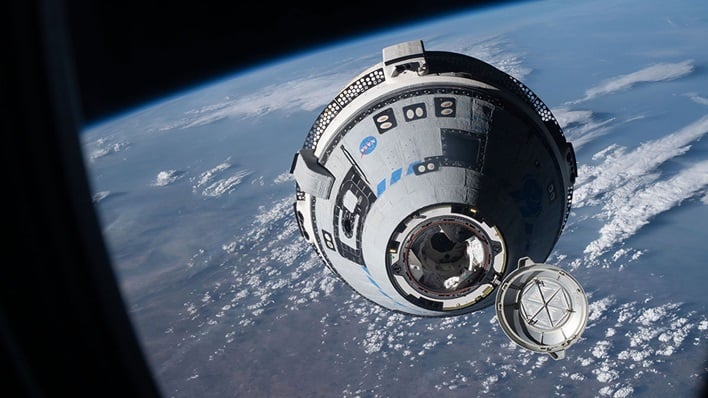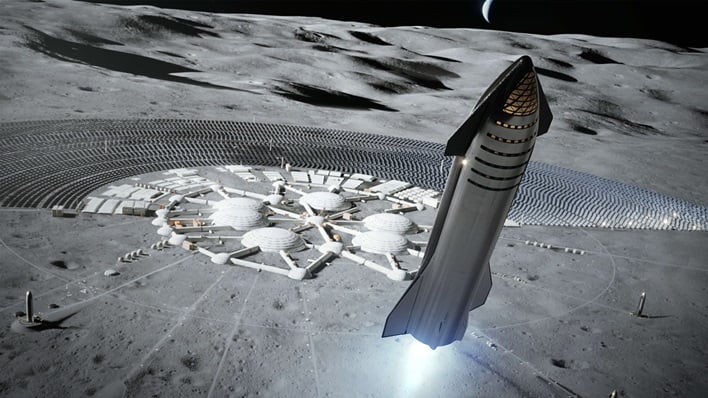SpaceX Starship Vs Boeing Starliner: A Head-To-Head Look At Future Space Travel
Boeing Starliner
Boeing’s Starliner is a reusable spacecraft that the company touts as combining a proven capsule architecture, materials, and subsystem technologies with 21st century innovations. It can accommodate up to seven passengers, or a mix of crew and cargo, for missions to low-Earth orbit, with initial missions destined for the International Space Station (ISS). For missions to ISS, it will carry up to four NASA-sponsored crew members and time-critical scientific research. Starliner can also be used for travel to future commercial space stations.
Starliner has a weldless structure which is reusable up to ten times with a six-month turnaround time. The spacecraft also features wireless internet and tablet technology for crew interfaces. While Starliner can fly autonomously, astronauts onboard the spacecraft can take over at any time.
SpaceX Starship
SpaceX’s Starship, and the company’s Super Heavy rocket, are part of a fully reusable transportation system. Starship’s design allows for both crew and cargo to Earth orbit, the Moon, and possibly one day to Mars. It can carry up to 100 people on long-duration, interplanetary flights, according to SpaceX. The company adds that it will also help enable Starlink satellite delivery, the development of a Moon base, and point-to-point transport here on Earth.
Adding to the allure of Starship is the possibility for it to refill in low-Earth orbit via a tanker vehicle (essentially the Starship, minus the windows). SpaceX says this is critical for missions transporting up to 100 tons of cargo to Mars. The company adds that if the tanker vehicle has a high reuse capability, the primary cost will be only that of the oxygen and methane, which SpaceX says is extremely low.
So, while both spacecraft are vital to continued space travel, each has their own uses and capabilities. Starliner will be critical in continued missions to ISS and future commercial space stations, while Starship will be crucial to future travel to the Moon and beyond.

